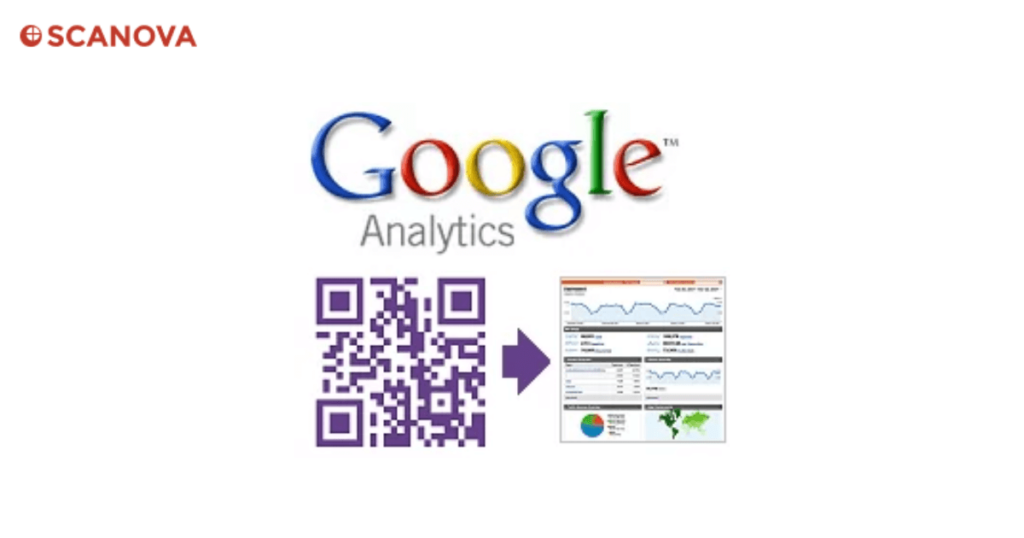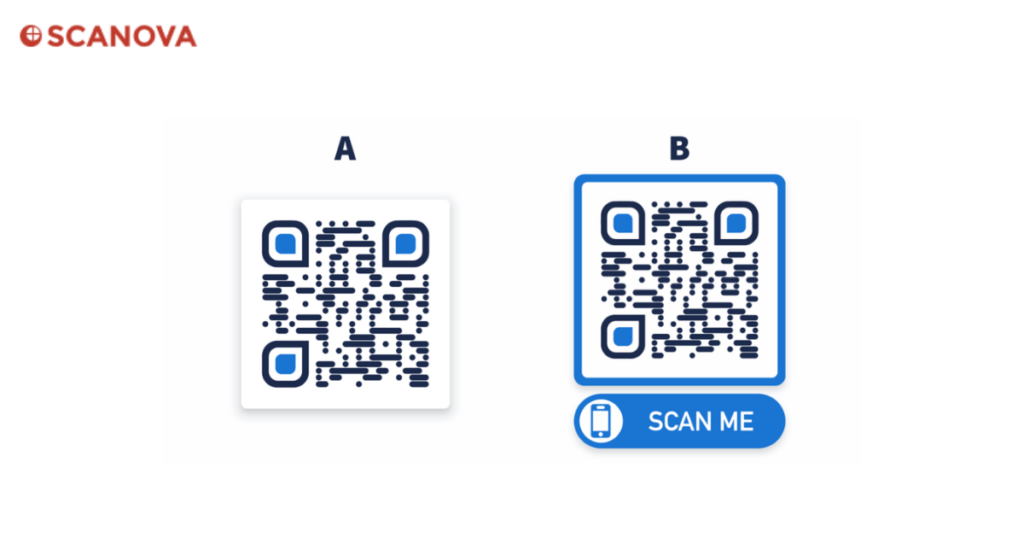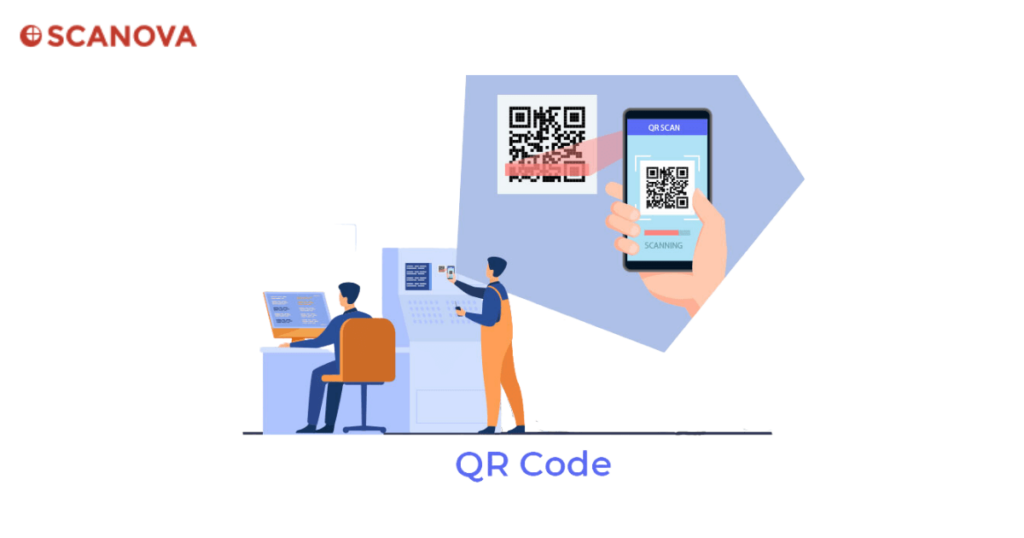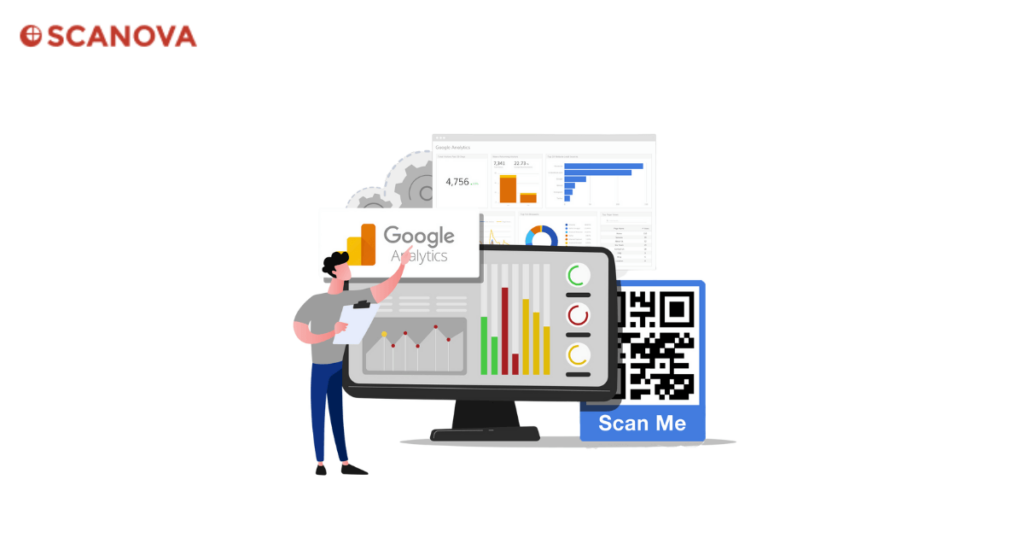QR Codes are everywhere, including restaurant menus, business cards, real estate signs, movie posters, and more.
For businesses and marketers using QR Codes in their campaigns, tracking and analyzing their performance becomes important. Enter Google Analytics, a robust web analytics platform that can provide valuable insights into QR Code interactions.
This guide will walk you through tracking QR Codes using Google Analytics. By proper tracking, you’ll better understand how users engage with QR Codes.
Whether you’re running QR Code-based promotions, events, or retail campaigns, this guide will help you take data-driven decisions to optimize your strategies.
A. Why do you need QR Code tracking with Google Analytics?

By tracking QR Code scans through Google Analytics, one can gauge the number of scans, their locations, and the devices used.
For businesses, this data helps check the marketing success, understand audience behavior, and make data-driven decisions.
In addition to Google Analytics, QR Code tracking also helps with understanding of audience engagement and demographics.
B. Misconceptions about QR Code tracking

There are several misconceptions about QR Code tracking. Hence, it is critical to define what QR Code tracking is and isn’t.
QR Code tracking gathers aggregated data on audience engagement without collecting identifiable information (PII). It does not invade privacy by tracking individual identities or browsing activities.
For instance, Scanova, a QR Code generator and tracking platform, offers tracking that captures scan location, time, device and browser used.
Some believe that QR Code tracking is complicated and requires technical expertise. In reality, many user-friendly platforms offer simple tracking solutions.
And it’s not expensive either. In truth, many basic tracking services are affordable or even free. By understanding the realities of QR Code tracking, businesses can utilize its potential to optimize marketing efforts effectively.
C. How to track a QR Code?

Static and Dynamic QR Codes are two different kinds of QR Codes.
Static QR Codes have fixed content embedded within the code. And these QR Codes have no scan tracking capabilities of their own.
On the other hand, Dynamic QR Codes are both editable and trackable. They allow you change content stored in them anytime. And also, you can track their scans in detail.
This flexibility allows businesses to track and optimize their QR Code campaigns.
It is better to track a QR Code by using dynamic QR Codes as opposed to static ones. With more flexibility and control, dynamic QR Codes enable more reliable tracking.
To track a QR Code, users may create a dynamic QR Code using a QR Code generator like Scanova. One can then set tracking parameters like campaign name, medium, or source to categorize and analyze scan data.
Further, share the QR Code across channels, collecting relevant data like location, time, device, and referral source.
Generate a QR Code For Your Unique Case
START TODAY!
D. How to track QR Codes with Google Analytics?

There exist two primary ways to track QR Codes with Google Analytics. First, one can generate Urchin Tracking Module (UTM) links and create QR Codes for each link using Google Analytics Campaign URL Builder.
But, this approach has some limitations:
It’s time-consuming and only gives a partial picture of the information in QR Codes. That’s because Google Analytics only records users who went to the landing page for real. It doesn’t include users who left after scanning the QR Code because they needed clarification, lost interest, or expected a different outcome.
But, adding QR Codes as a data source in Google Analytics is another way to track QR Codes in the program. By doing this, one can better understand the traffic patterns of each QR Code created, including whether the user visits the site or leaves after a short while.
E. Benefits of QR Code tracking in Google Analytics

Tracking QR Codes in Google Analytics provides valuable insights into various aspects of user engagement. Here are the insights gained from QR Code tracking in Google Analytics:
- User behavior: QR Code tracking reveals how users interact with the QR Codes and their subsequent actions on the destination pages. Marketers can analyze bounce rates, time on page, and click-through rates to identify the effectiveness of different QR Code campaigns. This data helps optimize landing pages for better user engagement and conversions
- Demographics: Google Analytics provides demographic data, such as age, gender, location, and interests, of QR Code users
- System Used: QR Code tracking in Google Analytics shows the devices and operating systems users use to scan the QR Codes. This information is crucial for ensuring that landing pages are optimized for various devices, providing a seamless experience to all users
- Campaign Comparison: Google Analytics enables businesses to compare QR Code campaigns’ performance, analyzing traffic and conversions, enabling resource allocation and optimization for future campaigns
F. Generating UTM URLs for QR Codes in Google Analytics

Use the steps below to add QR Code as a property in Google Analytics.
- Use Google’s Campaign URL Builder or other UTM link generators
- Fill in the necessary fields like website URL, campaign source, medium, and content
- Generate the UTM URL
- Convert the UTM URL into a QR Code using a QR Code generator tool like Scanova
- Distribute the QR Code and track scans in Google Analytics
Challenges with this method include generating UTM URLs for each QR Code. It can be time-consuming and prone to human error.
UTM parameters must also be managed to ensure consistency and accuracy. Furthermore, UTM URLs may be lengthy and complicated, which may affect the appearance and functionality of QR Codes.
This method may not provide real-time tracking as QR Code scans may take time to reflect in Google Analytics, delaying data analysis.
Generate a QR Code For Your Unique Case
START TODAY!
G. Adding QR Codes directly as a property on Google Analytics
Use the steps below to add QR Codes directly as a property in Google Analytics.
- Sign in to your Google Analytics account
- Create a new property or use an existing property for tracking QR Code interactions
- Go to the Admin section and select the desired account and Property where you want to track QR Code data
- Under the Property column, click on “Custom Definitions” > “Custom Campaigns”
- Create a new custom campaign by entering the relevant information, such as source (QR Code), medium (print, digital), and campaign name (promotion name)
- Generate a custom campaign URL using the Google Analytics URL Builder or any other URL builder tool, which includes the custom campaign parameters
- Create a QR Code using a QR Code generator tool such as Scanova, and set the custom campaign URL as the destination URL for the QR Code
- Implement the QR Code on your marketing material, such as posters or product packaging
- Optionally, set up event tracking in Google Analytics to capture specific user interactions with the QR Code, such as scans
- Monitor QR Code interactions and campaign data in Google Analytics under “Acquisition” > “Campaigns” > “All Campaigns” or “Behavior” > “Events” (if event tracking is set up)
H. FAQs
1. How should the QR Code be linked to Google Analytics?
A dynamic QR Code can be linked to Google Analytics in two ways. Generate a unique tracking URL using UTM parameters. Using Scanova’s QR Code generator, generate a URL QR Code from the link with the UTM parameters. After entering the URL, one can change the QR Code. It is possible to download, test, and save the code. Check Google Analytics —> Acquisition —> Campaigns —> All Campaigns to see if analytics data is being collected.
2. How do I track a QR Code for analytics?
To track an analytics QR Code, distribute the QR Code across various channels. When users scan the QR Code, Google Analytics captures data such as scan location, time, device, and referral source. Track the data within the designated Property or through UTM parameter tracking in Google Analytics to analyze user engagement and campaign performance.
3. Is it possible to check the number of times a QR Code is scanned?
You can check the total number of QR Code scans and the number of distinct users who have scanned your code using dynamic QR Code analytics.
I. Unleash the power of QR Code tracking with Google Analytics.
In conclusion, QR Code tracking with Google Analytics is a powerful tool that lets businesses gain valuable insights into user behavior and campaign performance. Businesses can track QR Code interactions, measure conversions, and understand audience demographics by creating custom campaign URLs and implementing event tracking.
It can assist them in staying ahead of the competition, increasing customer engagement, and achieving success in their marketing efforts. Utilize this comprehensive guide to unlock the full potential of QR Code tracking in Google Analytics and drive meaningful results for your business.